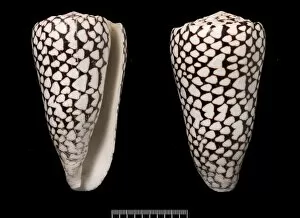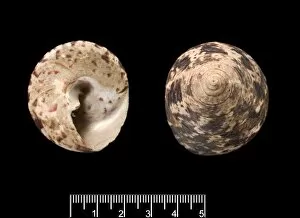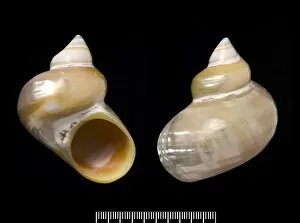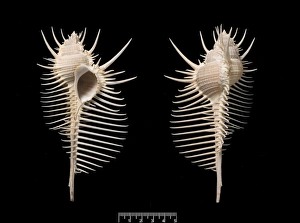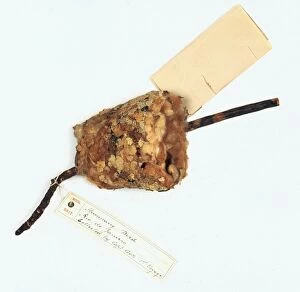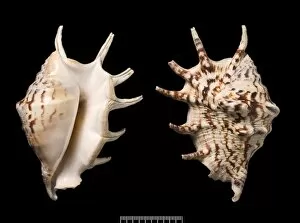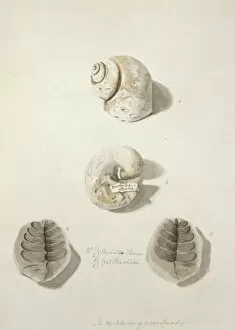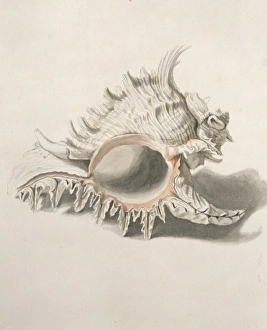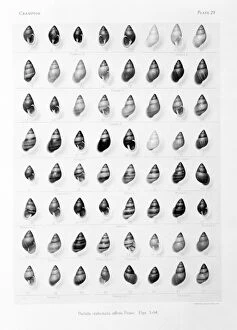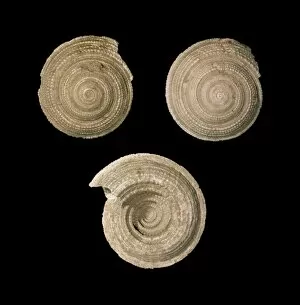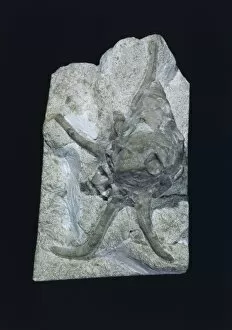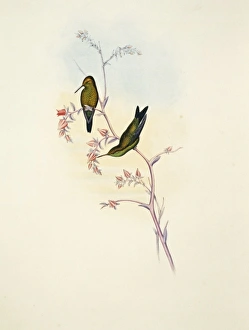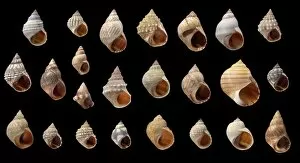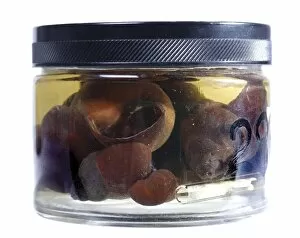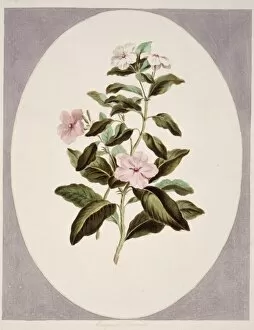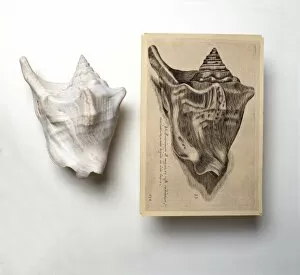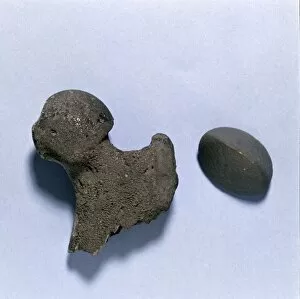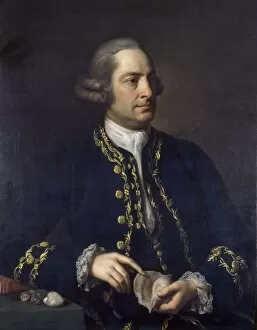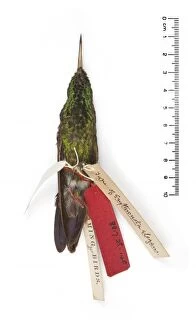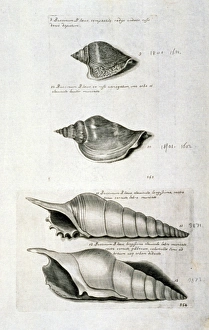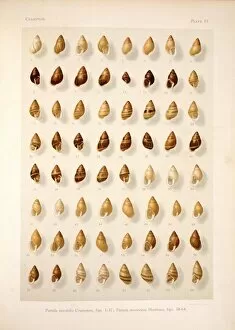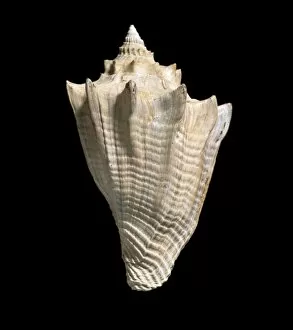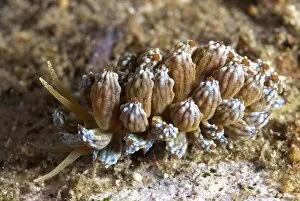Gastropod Collection (page 19)
"Gastropods: A Fascinating World of Shelled Wonders and Colorful Nudibranchs" From the vibrant Nudibranch (Janolus cristatus) in Vela Luka
All Professionally Made to Order for Quick Shipping
"Gastropods: A Fascinating World of Shelled Wonders and Colorful Nudibranchs" From the vibrant Nudibranch (Janolus cristatus) in Vela Luka, Croatia to the Giant African Snails engaging in a unique mating ritual with love darts, gastropods never cease to amaze. These creatures are widely distributed in tropical regions, showcasing their diversity and adaptability. The Janthina violacea, also known as the violet snail, displays its stunning hues while floating gracefully on the ocean's surface. Meanwhile, snail teeth reveal an unexpected complexity within these seemingly simple organisms. Observing a Common Snail delicately perched on a Bergenia leaf reminds us of nature's intricate balance. In Lembeh Strait, Indonesia, the mesmerizing Nudibranch (Phyllidia marindica) captivates divers with its striking appearance. Discoveries continue to be made within this realm as newly described species like Doto greenamyeri emerge from feather hydroids. Even garden snails surprise us by carrying their young on their backs through digital manipulation that enhances colors and lightens backgrounds. In Hokkaido, Japan, female limpets release streams of eggs into the water during spawning season—a breathtaking sight indeed. Delving deeper into gastropod anatomy reveals intricate internal structures found within land snails. Witnessing a Fingerprint Flamingo Tongue crawling over sponge in Trinidad and Tobago showcases nature's artistry at its finest. And let's not forget about the Common Grey Seaslug beside a Snakelocks Anemone—proof that beauty can be found even in shallow pools. Gastropods truly offer endless wonders for those who take the time to explore their world beneath our seas and across various landscapes worldwide.

